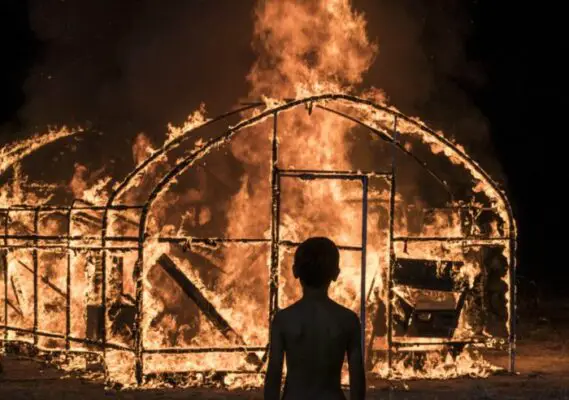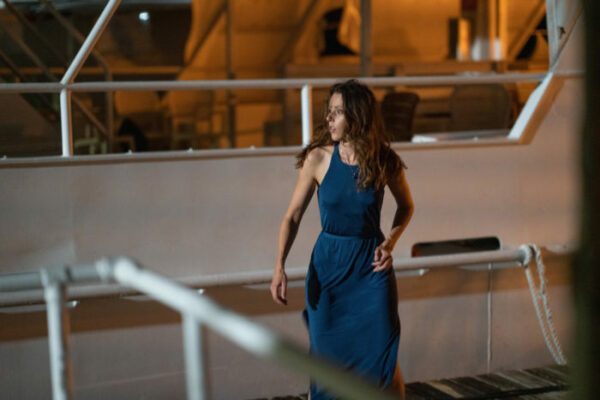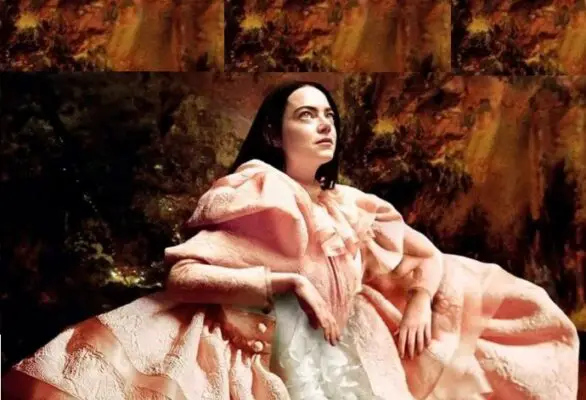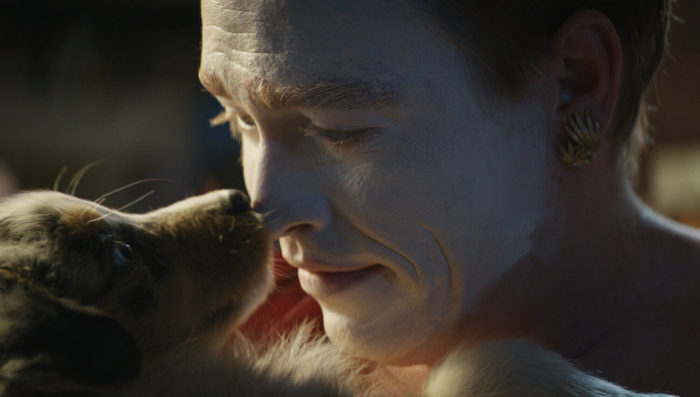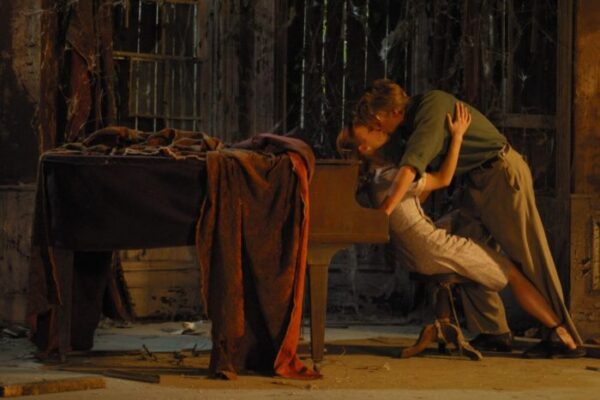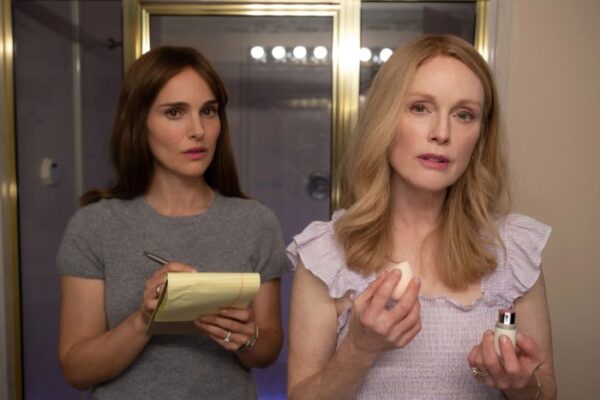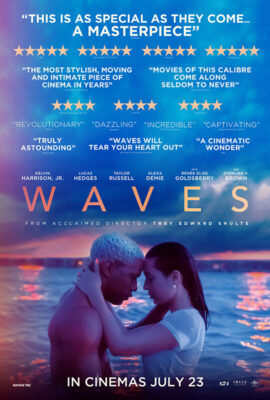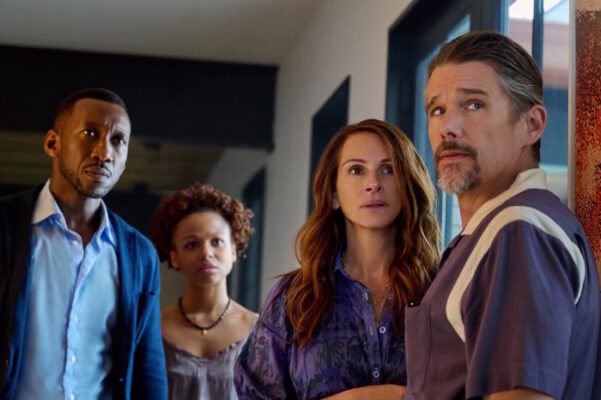 “Brave New World” by Aldous Huxley differs from the film adaptation of Peacock not only by the presence of “O” at the beginning, but also by a serious philosophical idea, laid down in the early 30s of the 20th century – ridiculing the cult of consumerism, closeness and the inexorable growth of the concept of hedonistic society, which is not good, but not as bad as if we did not move at all or move towards the world described in the book by George Orwell.
“Brave New World” by Aldous Huxley differs from the film adaptation of Peacock not only by the presence of “O” at the beginning, but also by a serious philosophical idea, laid down in the early 30s of the 20th century – ridiculing the cult of consumerism, closeness and the inexorable growth of the concept of hedonistic society, which is not good, but not as bad as if we did not move at all or move towards the world described in the book by George Orwell.
If we are talking about the series, then it is, without a doubt, a product of its time, which is more reminiscent of “Black Mirror”, “Hunger Games” or “Equals” rather than a serious adaptation of the work of one of the most famous dystopians in the world. But why is it so bad, and is it bad at all? After all, we are talking about the fact that any work can be viewed from different angles, and if you want to praise, then it is better to do it in isolation from the original work.
What the series is about?

The plot of Brave New World is centered around a world that is certainly marvelous, but not at all new. This, as many critics before us managed to note, can be seen in the “Dive” series of the Black Mirror or in all its other series, because the influence of this series on “Brave New World” is pointless to deny.
From the first minutes of the action, we have the opportunity to see and admire New London, a city built on the ruins of old, “wild” London. This high-tech oasis (the only location of the new world shown in the series) is the haven of the so-called “right” society, which destroyed everything bad with three main rules: no privacy, no family, no monogamy. And an endless supply of soma, a wellness drug that looks more like mild antidepressants than anything more serious.
The citizens of the new world, divided into castes, and depending on their rank, have certain tasks. “Alphas” are called upon to deal with state affairs and the creation of “sensualists”. Betas – medical staff, Alf’s assistants. Gamma – servants of Beth, etc., But unlike the book, where representatives of different classes differed not only in the level of intelligence, but also in appearance, in the film adaptation of Peacock Epsilons differ from Alf only in the absence of makeup and ridiculous hairstyles.
Ignoring this snag occurs with the help of pills, orgies and the aforementioned “sensory” – tactile, sound and visual representations in which the population, mostly alienated from strong emotional shocks, can experience virtual thrills.
Outside the New World, there are “savages” who are, in fact, ordinary people who still practice primitive rituals such as birth of children, marriage, monogamy and family, showcasing all this in theme parks for visitors from New London. (Brave New World shares a belief in the future of the entertainment industry with Westworld.)
Bernard (Harry Lloyd), an arrogant alpha, befriends Lenina (Jessica Brown Findlay), a beta he shames for having sex with the same man too often – a violation of “solipsism” against a “social body” in which “everyone belongs to all “. After their escape to a savage tradition park goes awry, they return to New London with fugitive John (Alden Ehrenreich), whose “authenticity” makes him an object of admiration.
Brave New World was originally developed for the Syfy NBCUniversal channel and how its future seems unclear with the platform’s less successful projects. This is one of those dystopias in which progressive places vaguely resemble the Oculus World Trade Center, and wild lands are strewn with dilapidated houses and filthy pickup trucks. Its main difference from conventional cable TV shows is profuse nudity and frequent orgies, which, however, are unnatural and non-sexual, like fashion advertisements for clothes or cologne.
The only area in which Mir has been rethought in a modern way is its focus on technological progress. New Londoners are equipped with eye implants that not only overlay a digital image on everything they see, but also connect them to a universal network in which they can see everything through the eyes of everyone who also uses a similar device (spoiler: everyone uses it) …
Why Brave New World is not Brave New World?
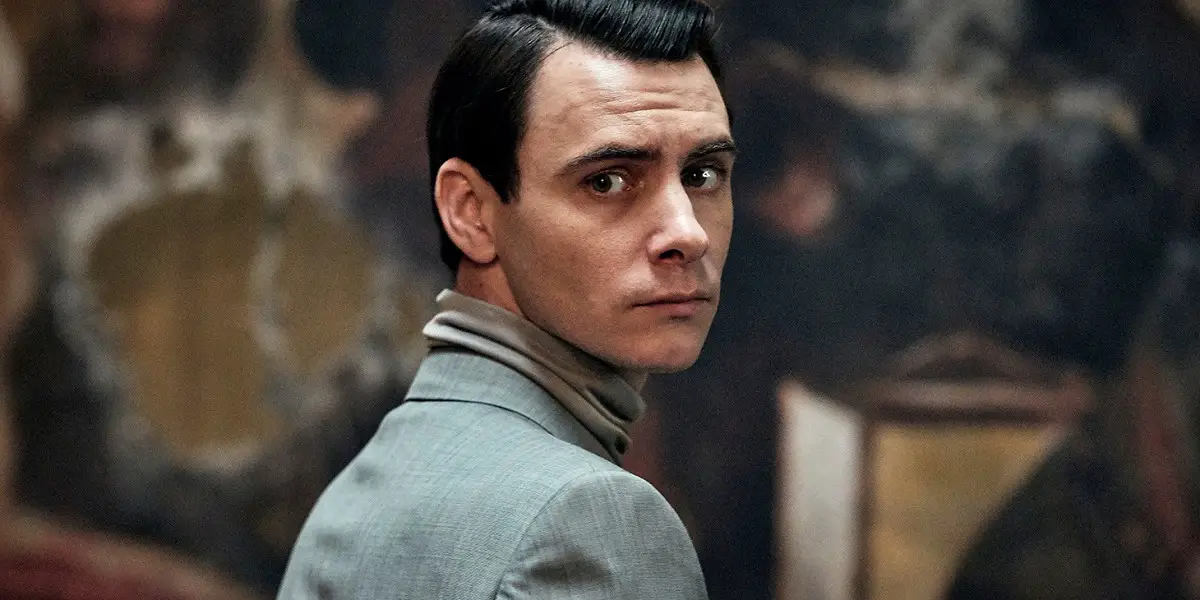
To most of those who have mastered the famous novel (according to the author’s style, it mostly consists of dialogues and long monologues) it may seem strange how believable the world of the book is, and what a shaky and unreliable world is shown in the series. But why? It’s all about positioning.
If the creators of the series planned to literally destroy the basic structure of the world by the end of the first season, then Huxley did not even think to do this, because the society described in his book is a full-fledged mechanism and it took more than one hundred years to form and consolidate it in the form in which it is presented …
What’s going on in the show? Towards the middle of the first season, we learn that behind the creation of New London are not hundreds of years of evolution, but a group of ten people. And this world will exist as long as its creators exist.
The thing is that the geniuses of their generation, tired of devastation and poverty (about what happened after all, who they are and how they managed to create something like that, almost nothing is said) are organizing an analogue of Neuronet, technologies of the near future, in which the interaction of all comers will be carried out using neurocommunications. The ideological inspirer Mustafa Mond (Nina Sosanya) creates a chain of the Neurointerface by linking ten, including himself, the founding people based on the Neuronet, which makes it possible to manage the system that supports the life of New London without any problems.
Based on all of the above, we can conclude that the reason for the creation of the Brave New World is not the invention of the conveyor or machine, as was the case with Huxley, but the invention of the network and the telephone, which is closer to our realities. In fact, the world shown in the series is one large human organism, where everyone belongs to everyone. This concept resembles not only the “Black Mirror”, but also the famous “Matrix”.
The meaning of the series “Brave New World”
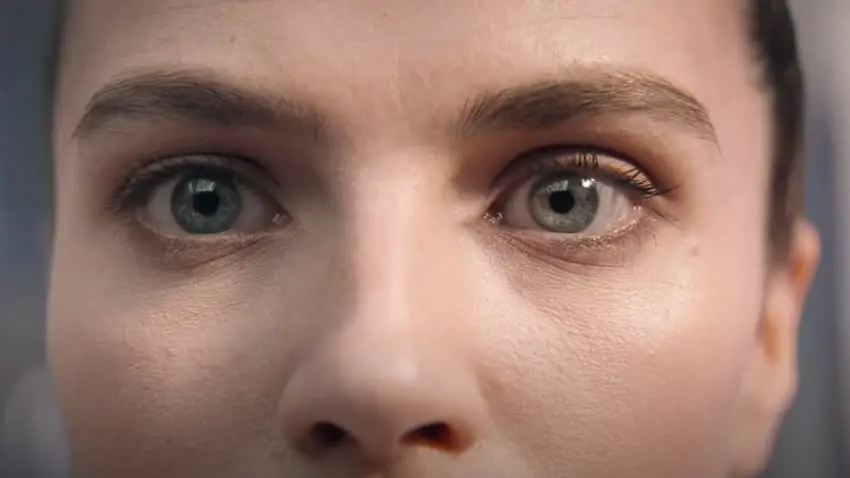
If you like visually pleasing and not too difficult to understand dystopias, then Brave New World is a great choice for evening viewing. Moreover, if you watch only the first part of the series, then you may still have the feeling that you are watching a movie adaptation of the famous novel, but certainly in a very loose interpretation.
If in the original work the emphasis was placed on demonstrating the hopelessness of the new brave world, its madness and possible consequences from the rushing culture of consumption, then Brave New World took only the name from the context of the above, and then not completely. Adaptation does not try to be an adaptation, and along the way, every now and then throws out all the branches that are important for the plot, in order to eventually leave what will make the series look like “Black Mirror”.
Brave New World Ending Explained: Video Review
Stars Talk Finale, THAT Box and Spoiler Season 2!
Brave New World ending explained
In the last episodes of the season, we have the opportunity to observe the destruction of the concept laid down by the ingenious no-names-founders. The arrival of the virus in the person of the savage John greatly destabilizes the measured life of the citizens-epsilons, and those, having almost no prerequisites for this, begin to rebel and kill those whom they had no right to touch before. A similar ending, no matter how obvious it may seem, takes place in almost all second-rate dystopias of the early 2000s, but does not fit at all with the plot of the novel, at the end of which the harsh reality wins: the savage John is hanged, and everyone else continues to live as they lived …
What was in the golden box?
A question that worries many, but which cannot be answered unequivocally. At the end of the last episode of the first season, shortly after the epsilon riot, the artificial intelligence in the person of Indra gives Bernard a small golden box, which he hands over to the leader of the savages. The most common theory is that Indra herself may be inside. More precisely, its copy placed in a lens, which thus decided to avoid the complete collapse of the concept, and continue its existence, but already in the minds of savages. Another version is the catfish drug, which seems less real, because it will quickly end.
After all, talking about what was in the box is like asking what was in the suitcase in Pulp Fiction.
But returning to Brave New World I would like to clarify that no matter what kind of mind-blowing idea the creators of the series have laid in the second season, it is unlikely that it will be “cooler” than the first one and we will hardly be able to see it, because the ratings of the project are inexorably falling, and indignation about the inconsistency of the plot with the original is growing.
In any case, the non-fiction sequel to O Brave World, Return to the Brave World, written 27 years after the first book was published, was prophetic. Huxley’s reasoning was based on the fact that the concept of the New World is approaching the real world much faster than he wanted. Whether this series is direct evidence of this is a moot point. But the fact of the influence of modern cinematographic trends on the structure of the project is pointless to deny, as well as the harmful influence of television on the minds and subconsciousness of people, about which Huxley wrote in the sequel.
